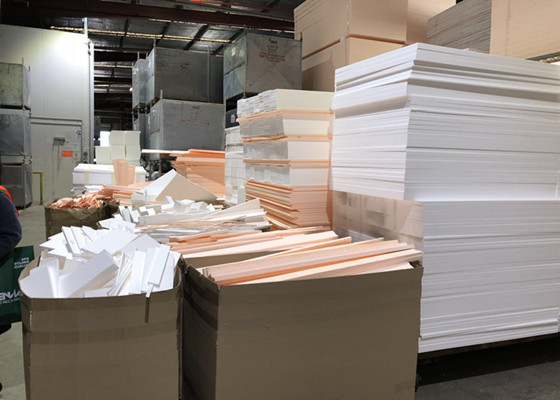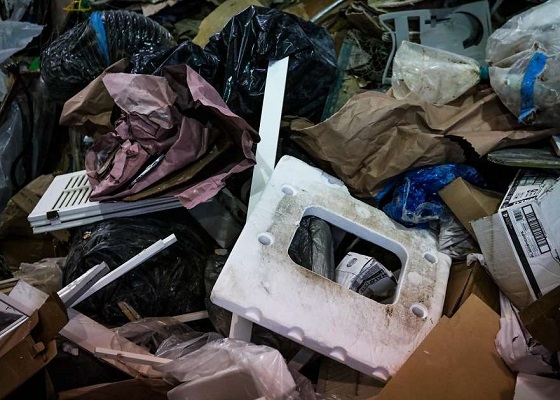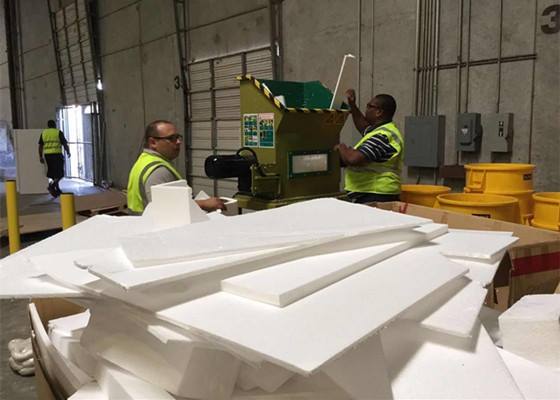You may better know EPS material as Styrofoam. Styrofoam material is used for many purposes, such as insulation and product protection during transportation.
Styrofoam typically cannot be recycled locally, but must be transported to centralized plants, increasing costs for recyclers and reducing power. In addition, recycled Styrofoam cannot be used for products in contact with food in most cases due to health problems, even if the material is usually sterilized through the recycling process. You can use recycled Styrofoam to make packaging or other materials, but coffee cups and plates always require new foam materials.
It is estimated that Styrofoam is account for 30% of landfill space. Styrofoam is non-biodegradable and can be stored permanently in landfills. To eliminate your Styrofoam waste stream will provide economic benefits through waste transfer and countless environmental benefits.
Styrofoam is not biodegradable, and when it’s not compressed, it often ends up in landfills, while lightweight but expansive materials can cause serious problems. When compressed in real time, Styrofoam waste can be sold for new foam products making and even generate income.
Styrofoam comes in many different qualities depending on the application and manufacturer. It is necessary for companies with large amounts of Styrofoam to adopt professional Styrofoam recycling machines.
As an professional Styrofoam recycling company, INTCO offers total solution to Styrofoam recycling. GREENMAX compacting systems are designed to densify foam materials for a reduction in volume and an ability to recycle foam materials efficiently. The Styrofoam densifier provides excellent processing capabilities on many different form materials, including XPS, EPE, foam food trays an so on.
Styrofoam recycling not only helps protect the environment, but also makes the best of Styrofoam waste. Because the recycled Styrofoam can be used to make many new foam products, such as picture frames, decorative moldings, insulation board, etc.


